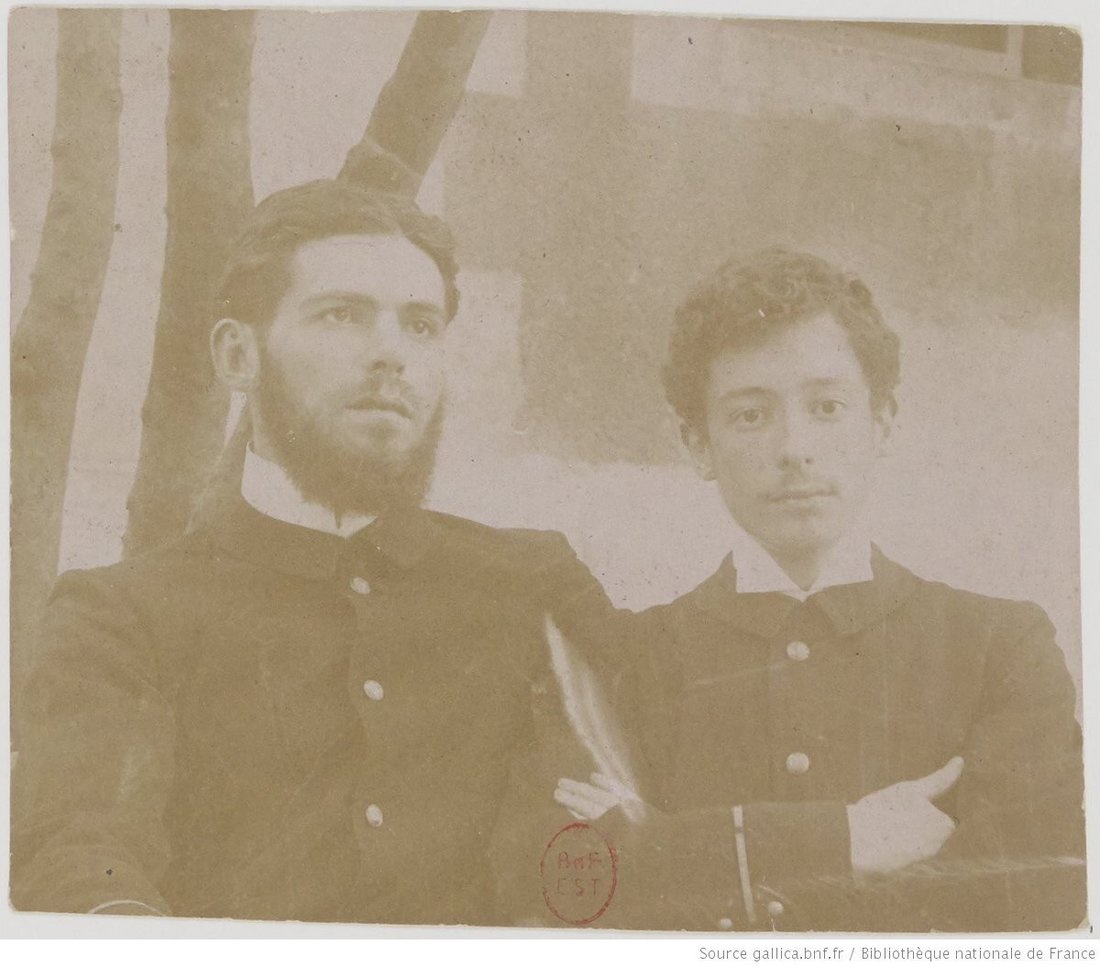
DHOSTE Michaël (EN)
Biographical article
Dr Michaël Dhoste graduated from the École Principale du Service de Santé de la Marine in 1902, along with Victor Segalen (1878–1919). Appointed Officier de Santé at Saint-Pierre-et-Miquelon in 1901, he was then transferred to Rochefort in 1904 to the 7th Colonial Infantry Regiment. Between 1905 and 1913, he was a doctor for the colonial troops in Indochina (in Annam and Laos in 1907, Saigon in 1909, and subsequently in Cochin-China). He returned to France in 1913. After travelling through New Caledonia in 1918, he returned to France again and in 1921 he went to Germany, where he was appointed Head Doctor of the infirmary hospital in the city of Speyer. In 1923, he departed for a last mission in Diego Suarez on the Island of Madagascar, accompanied as always by his wife and their five surviving children. Although very little is known about the end of his life, he did resume practising civil medicine in La Rochelle where he passed away in 1948.

The collection
The École Principale du Service de Santé de la Marine, generally known as the École de Santé Navale, was established in Bordeaux in 1890. At the time it trained the future doctors and pharmacists who served overseas in the French colonies. The young ‘navalais’ (the École’s students) also attended courses on tropical pathology at the nearby Faculty of Medicine and Pharmacy. Once they became military doctors, posted on missions in the French colonies, some of them contributed to enriching the collections of the recently established Musée de Pathologie Exotique et d’Études Coloniales (the present-day Musée d’Ethnographie in the University of Bordeaux). The museum archives reveal that Dr Dhoste was a remarkable collector, both in terms of the quantity and quality of his donations, and the extraordinary care taken over documentation, which was still relatively unusual at the time. In fact, he was the initiator of a questionnaire aimed at his doctor colleagues when they returned from their missions, which provided information about the countries visited and the about the inhabitants’ habits and customs, which could be consulted by students who were still novices.
Related articles
Collection / collection d'une personne

Personne / personne

